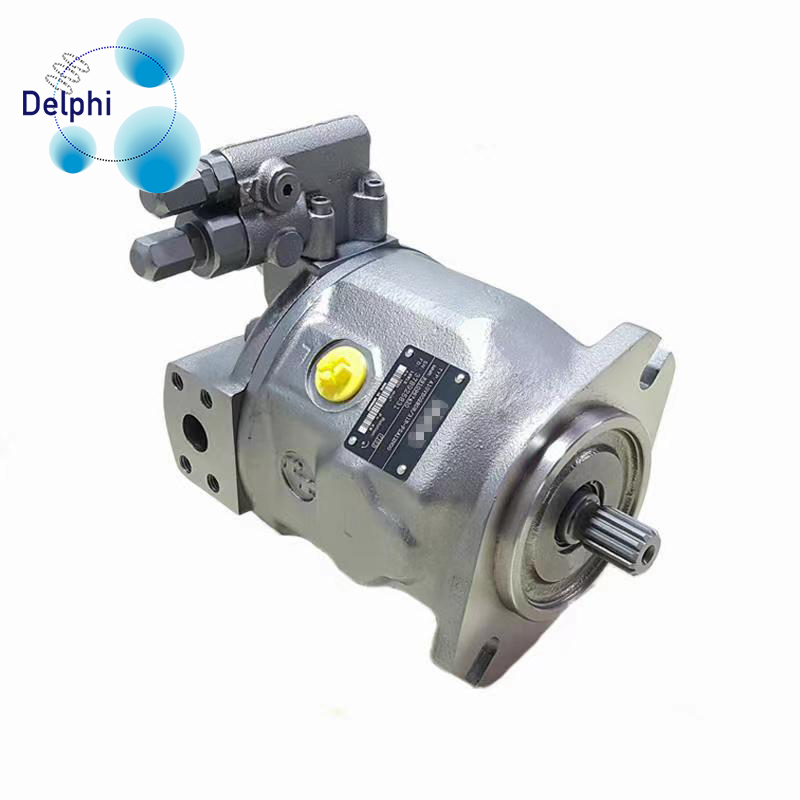A hydraulic vane pump is one kind of positive displacement pump that you will find used regularly within hydraulic systems as they are used to generate fluid flow. It has got some key parts which when combined together result in pressure causing movement of hydraulic fluid through tubes.
Below are essential components of hydraulic vane pump:
Housing or Casing: The covering is the outer shell of the pump that encloses and supports the internal components. It gives rise to a sealed chamber for the operation of the pump and also has openings through which the fluid enters and leaves.
Rotor: The rotor is mounted off-center within the housing and is cylindrical or circular. The rotor rotates within the housing and is connected to the pump’s drive mechanism (for example, an electric motor or an engine). The surface of the rotor has slots or vanes machined into it.
Vaness: Vaness are thin, small parts that move back and forth in slots in rotor. A common material used to make these is synthetics like carbon or even graphite. As they spin along with it, then these vanes separate compartments from each other as well as from the casing around them on all sides of it.
Inlet Port: the is located where hydraulic fluid enters the pump. It can be connected either to hydraulic reservoir or where hydraulic fluid is actually coming from
Outlet Port:The Outlet Port directs pressurized hydraulic fluid out of a pump and into a hydraulic system.
End Plates: The parts that are called end plates are arranged at both ends of the rotor. The work of these end plates is guiding the blades in the slots when the rotor reciprocates. However, the other purpose they serve is to keep the rotor properly positioned in the housing.
Bearings:Bearings help the rotor to turn around easily in the housing. They are usually found at either end of the rotor’s shaft and can also be bushings, ball bearings, or roller bearings.
Drive Shaft: The drive shaft is also known as the component that connects the rotor to the pump’s drive mechanism. It changes circular motion from the pump’s rotating assembly to the rotor, resulting in rotor rotation inside the pump housing.
Seals and Gaskets:A hydraulic pump uses seals and gaskets to avoid the leakage of hydraulic fluid and keep the chamber. This takes place at the places where fluid gets into the hydraulic pump and the places where fluid goes out of the pump; between the end plates and the housing as well as round the drive shaft.
The main parts of a hydraulic vane pump are these ones. While it whirls in the housing, vanes slide back and forth in the rotor slots, which make different-chamber sizes. These chambers fly in and out hydraulic fluid, which in turn causes flow and pressure in hydraulic-system corresponding.
